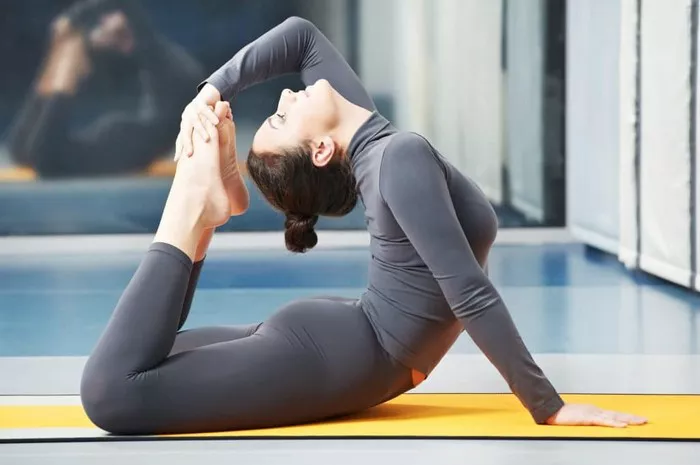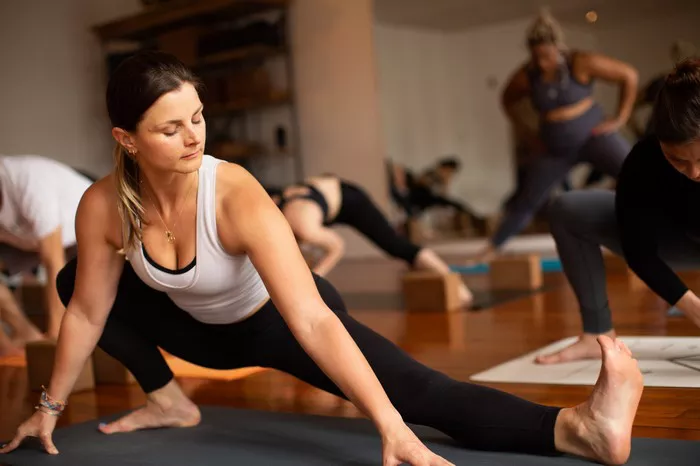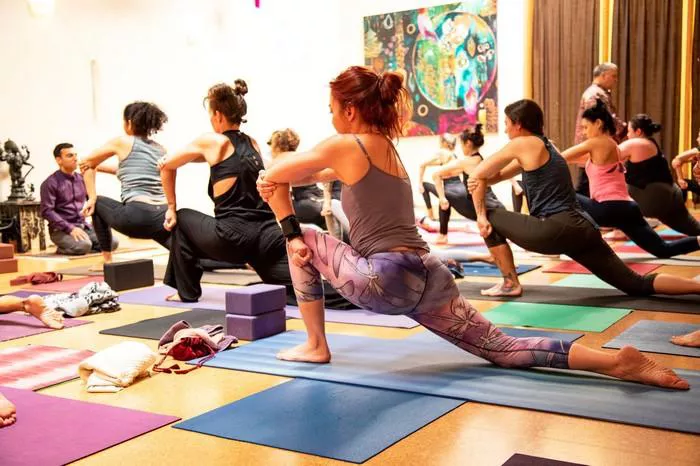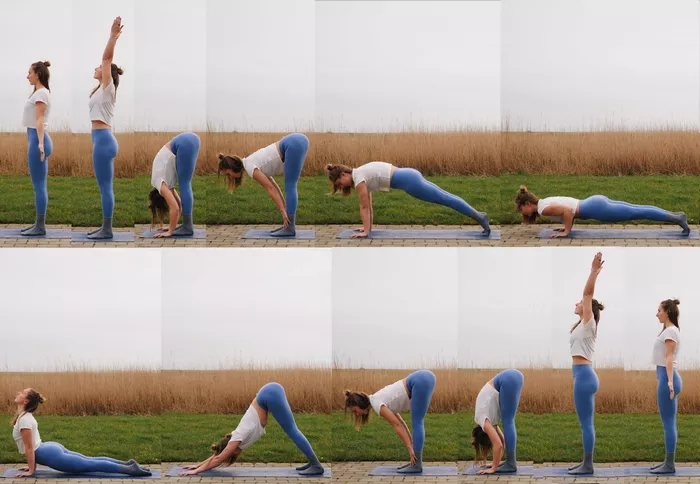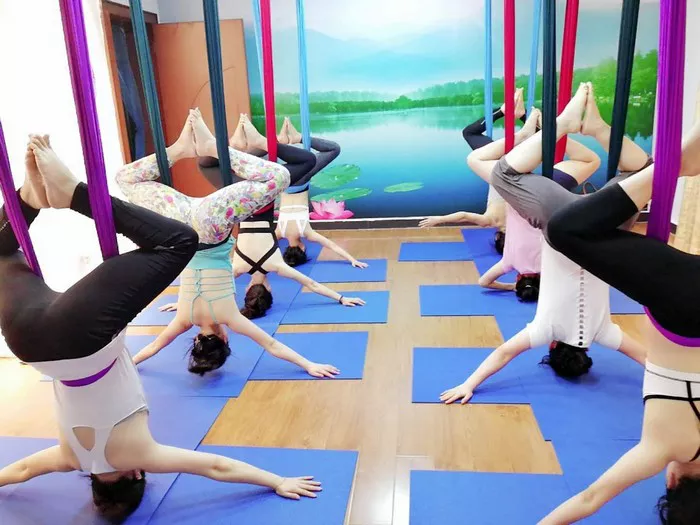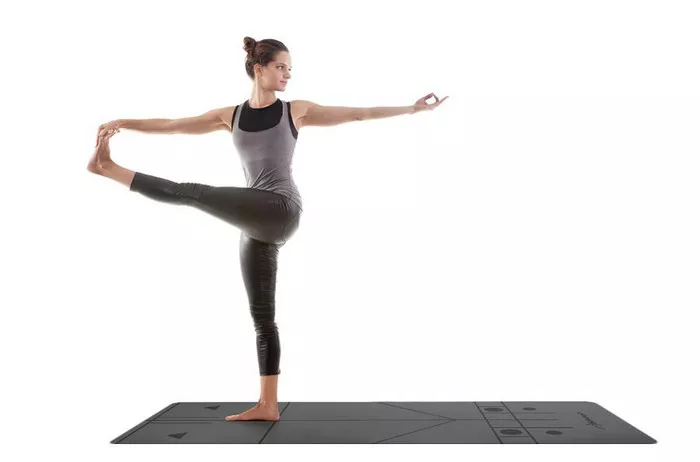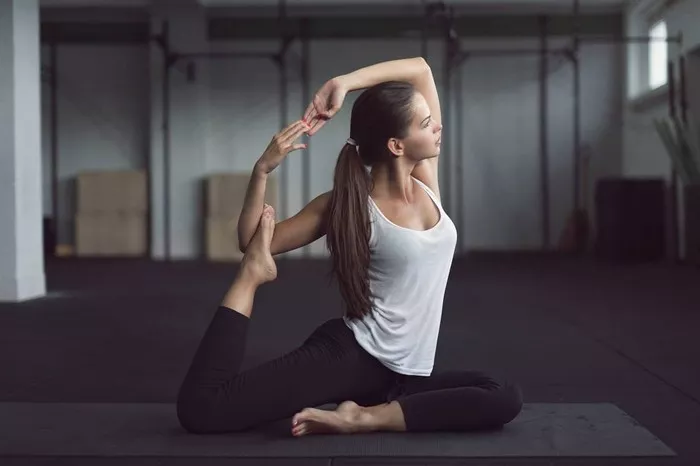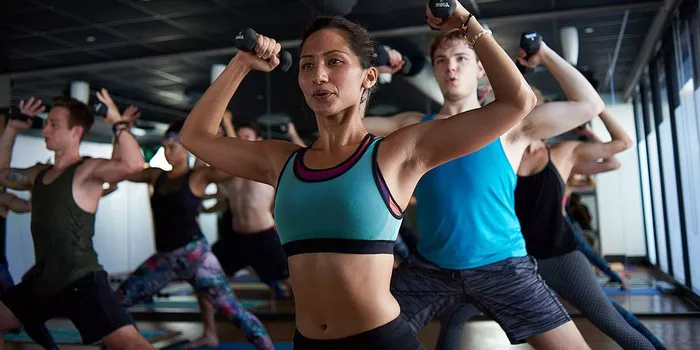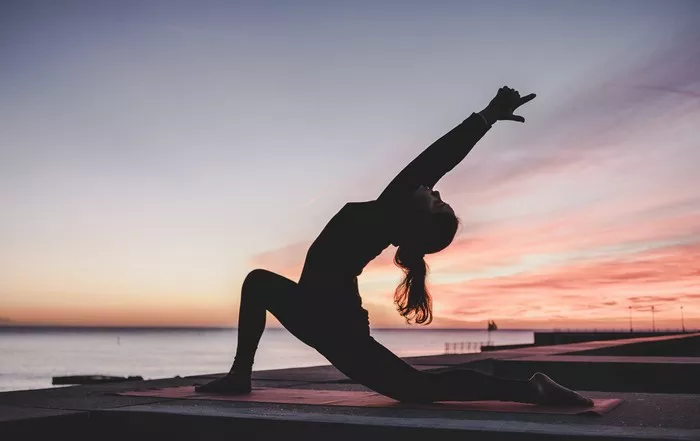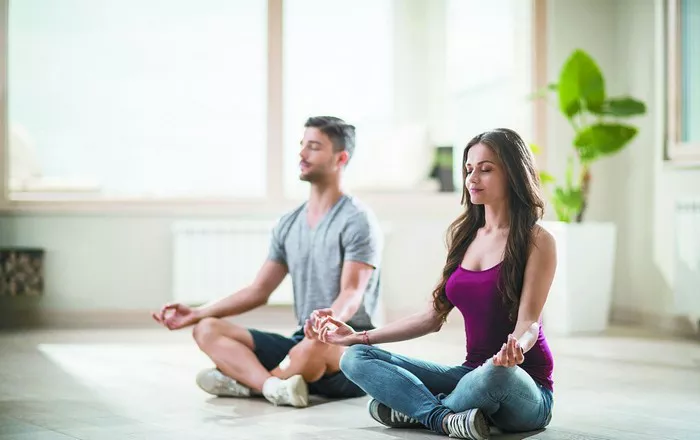In the dynamic world of fitness and wellness, Core Power Yoga has emerged as a prominent practice that transcends traditional boundaries. This unique fusion of strength, flexibility, and mindfulness has gained widespread popularity, drawing enthusiasts seeking a holistic approach to physical and mental well-being. In this comprehensive article, we delve into the intricacies of Core Power Yoga, exploring its origins, principles, benefits, and how it stands out in the diverse landscape of yoga practices.
Origins and Evolution
Core Power Yoga traces its roots to the broader domain of Power Yoga, a vigorous and physically demanding style that originated in the late 20th century. Founded by Bryan Kest and influenced by Ashtanga Yoga, Power Yoga focuses on building strength, flexibility, and endurance through a series of dynamic postures and flowing sequences. Core Power Yoga, an offshoot of Power Yoga, adds a distinctive twist by incorporating elements of hot yoga, traditional yoga poses, and core-centric exercises.
The concept of Core Power Yoga was crystallized by Carl Diez and Trevor Tice, who co-founded the CorePower Yoga studio in Denver, Colorado, in 2002. Their vision was to create a space where individuals could experience a transformative blend of physical and mental conditioning. Over the years, Core Power Yoga has evolved, with various schools and instructors infusing their unique styles into the practice, making it a versatile and evolving discipline.
Principles of Core Power Yoga
At its core, Core Power Yoga revolves around a set of fundamental principles that guide practitioners toward physical vitality and mental clarity. These principles are designed to address the interconnectedness of the body, mind, and breath, fostering a harmonious balance. Let’s explore these principles in detail:
1. Dynamic Sequences and Flow:
Core Power Yoga distinguishes itself through its emphasis on dynamic sequences and flowing movements. Practitioners seamlessly transition between poses, maintaining a continuous flow that challenges both strength and flexibility. This dynamic nature keeps the practice engaging, preventing monotony and encouraging a deeper mind-body connection.
2. Core-Centric Exercises:
True to its name, Core Power Yoga places a significant focus on core strength. The practice incorporates targeted exercises that engage and strengthen the muscles around the abdomen, lower back, and pelvis. A strong core not only enhances physical performance but also contributes to better posture and stability in everyday life.
3. Breath Awareness:
Central to the yoga tradition, breath awareness plays a pivotal role in Core Power Yoga. The synchronization of breath with movement helps practitioners maintain focus, reduce stress, and enhance the overall meditative experience. Conscious breathing also aids in promoting mindfulness, allowing individuals to stay present in each moment of the practice.
4. Heat and Intensity:
Many Core Power Yoga classes are conducted in heated rooms, adding an element of intensity to the practice. The elevated temperature is believed to facilitate deeper stretching, increase circulation, and promote detoxification through sweat. This challenging environment heightens the physical demands of the practice, fostering a sense of accomplishment and resilience.
5. Inclusivity and Accessibility:
Core Power Yoga adopts an inclusive approach, making it accessible to practitioners of various skill levels. Classes are often structured to accommodate beginners while offering opportunities for more advanced practitioners to deepen their practice. This inclusivity contributes to the widespread appeal of Core Power Yoga, welcoming individuals from diverse backgrounds and fitness levels.
Benefits of Core Power Yoga
The multifaceted nature of Core Power Yoga bestows a myriad of benefits that extend beyond physical fitness. As practitioners commit to a regular practice, they may experience transformative changes in various aspects of their well-being. Here are some key benefits associated with Core Power Yoga:
1. Physical Strength and Flexibility:
The dynamic nature of Core Power Yoga challenges the entire body, promoting strength and flexibility. Engaging in regular practice can lead to increased muscle tone, improved joint mobility, and enhanced overall physical endurance. The incorporation of core-centric exercises further contributes to a strong and resilient physique.
2. Stress Reduction and Mental Clarity:
The mindful integration of breath and movement in Core Power Yoga serves as a powerful tool for stress reduction. The practice encourages a state of mindfulness, allowing practitioners to release tension and cultivate mental clarity. As individuals become attuned to their breath and body, they often find a sense of calm and balance that transcends the confines of the yoga mat.
3. Weight Management and Calorie Burn:
The combination of dynamic sequences and heated environments in Core Power Yoga can contribute to effective calorie burning and weight management. The practice elevates the heart rate, promoting cardiovascular health and aiding in weight loss or maintenance. The intensity of the workout makes Core Power Yoga an appealing option for those seeking a fitness regimen that aligns with their weight management goals.
4. Enhanced Posture and Body Awareness:
Core Power Yoga places a strong emphasis on alignment and body awareness. Through consistent practice, individuals develop improved posture, alignment, and awareness of movement patterns. This heightened body awareness often translates into better ergonomics in daily activities, reducing the risk of injuries and promoting overall musculoskeletal health.
5. Community and Connection:
The communal aspect of Core Power Yoga adds a social dimension to the practice. Group classes foster a sense of community and connection among practitioners, creating a supportive environment for personal growth. The shared commitment to the practice creates a bond that extends beyond the studio, contributing to a sense of belonging and accountability.
Styles and Variations within Core Power Yoga
Within the expansive realm of Core Power Yoga, various styles and adaptations have emerged, catering to the diverse preferences and needs of practitioners. While the foundational principles remain consistent, the following are some notable styles and variations within Core Power Yoga:
1. CorePower Yoga 1 (C1):
This is a foundational class suitable for all levels, emphasizing proper alignment, breath awareness, and basic postures. C1 serves as an excellent entry point for beginners while providing opportunities for more experienced practitioners to refine their fundamentals.
2. CorePower Yoga 2 (C2):
Building on the principles of C1, the C2 class introduces more challenging sequences and postures. With an increased focus on strength and endurance, C2 is designed to elevate the practice for those seeking a more dynamic and intense experience.
3. Hot Power Fusion:
Combining elements of Core Power Yoga with the benefits of a heated environment, Hot Power Fusion offers a unique and challenging practice. The heated room enhances flexibility and detoxification, making it a popular choice for those who enjoy the added intensity.
4. Yoga Sculpt:
Blending yoga with strength training, Yoga Sculpt incorporates weights and high-intensity intervals into the practice. This variation aims to build lean muscle mass while maintaining the mind-body connection inherent in Core Power Yoga.
5. CoreRestore:
Focused on restorative practices, CoreRestore provides a gentler and more nurturing experience. This variation includes longer holds in restorative poses, promoting relaxation, flexibility, and stress reduction.
Incorporating Core Power Yoga into Daily Life
As Core Power Yoga continues to gain traction, individuals may wonder how to seamlessly integrate this practice into their daily lives. Here are some practical tips for incorporating Core Power Yoga into a regular routine:
1. Establish a Consistent Schedule:
Designate specific days and times for your Core Power Yoga practice. Consistency is key to reaping the full benefits of the practice, both physically and mentally.
2. Set Realistic Goals:
Define realistic and achievable goals for your Core Power Yoga journey. Whether it’s mastering a challenging pose, attending a certain number of classes per week, or simply cultivating mindfulness, setting clear intentions will keep you motivated and on track.
3. Explore Different Styles:
Embrace the diversity within Core Power Yoga by exploring different styles and variations. Trying various classes allows you to discover what resonates most with your preferences and goals.
4. Combine with Other Activities:
While Core Power Yoga offers a comprehensive workout, consider complementing it with other activities such as cardiovascular exercise, strength training, or mindfulness practices. A well-rounded fitness routine contributes to overall health and vitality.
5. Practice Mindful Eating:
Extend the principles of mindfulness from the mat to the dining table. Paying attention to your eating habits, savoring each bite, and making nourishing food choices align with the holistic philosophy of Core Power Yoga.
6. Prioritize Recovery:
Recognize the importance of rest and recovery in your overall well-being. Adequate sleep, hydration, and active recovery activities contribute to the body’s ability to adapt and thrive.
7. Cultivate a Supportive Community:
Engage with the Core Power Yoga community by attending group classes, workshops, or events. Building connections with fellow practitioners enhances the sense of belonging and mutual support.
Conclusion
In conclusion, Core Power Yoga stands as a dynamic and transformative practice that transcends conventional boundaries, offering a holistic approach to physical and mental well-being. With its roots in Power Yoga, Core Power Yoga has evolved into a diverse discipline that caters to practitioners of all levels. The integration of core-centric exercises, breath awareness, and dynamic sequences distinguishes this practice, fostering strength, flexibility, and mindfulness.

